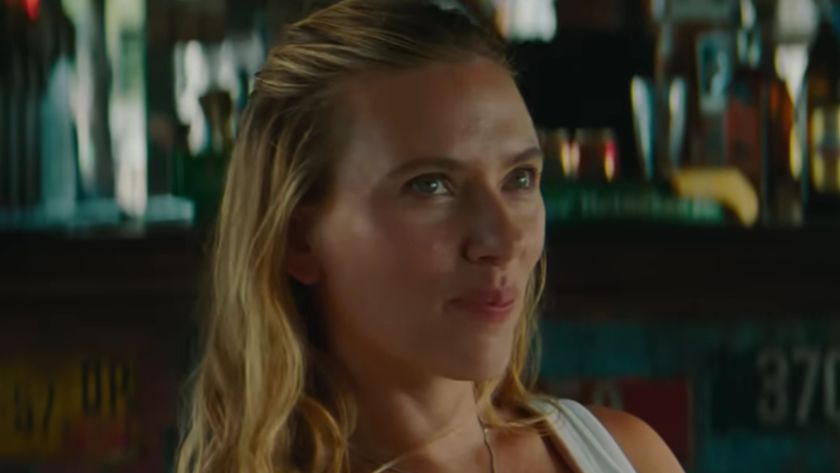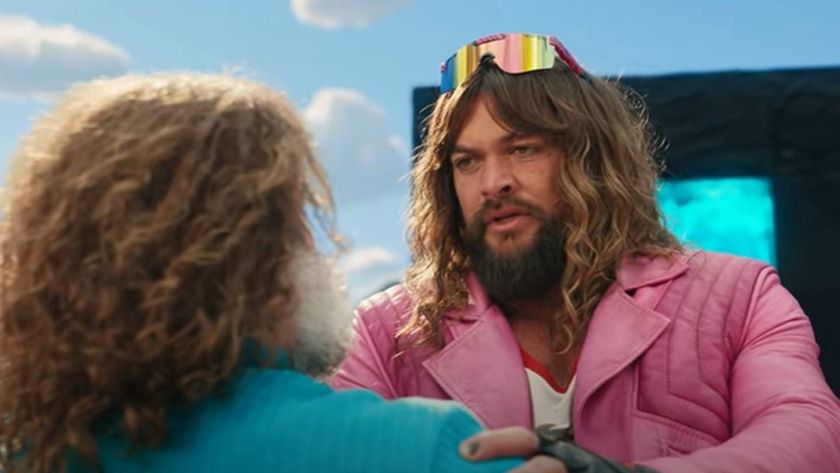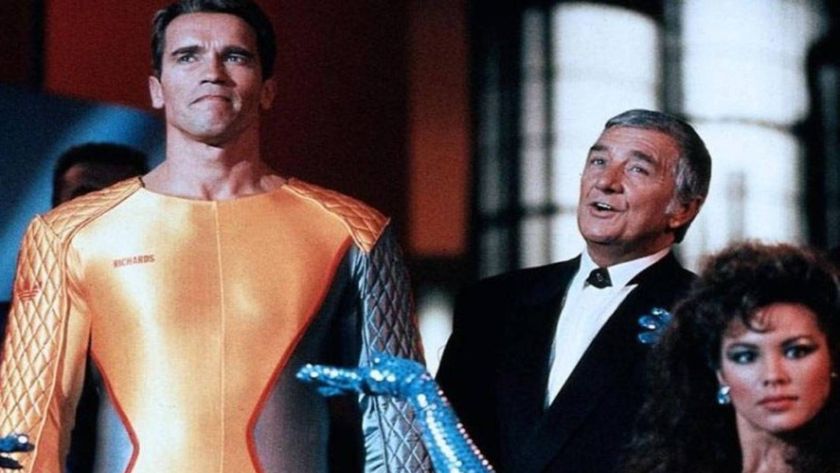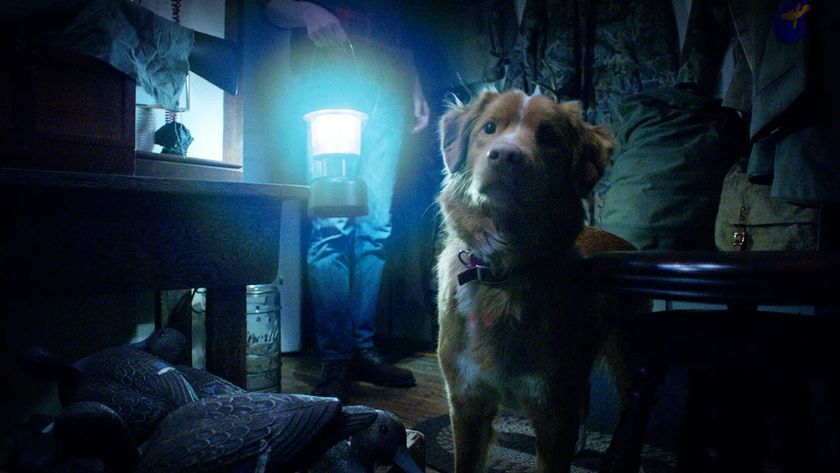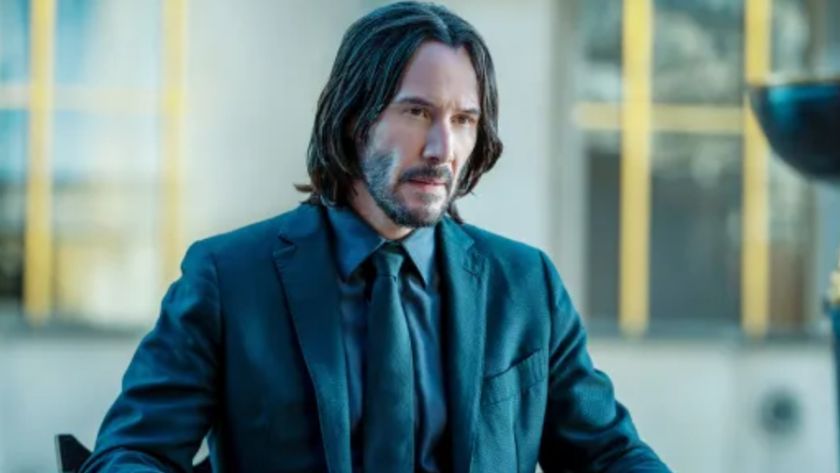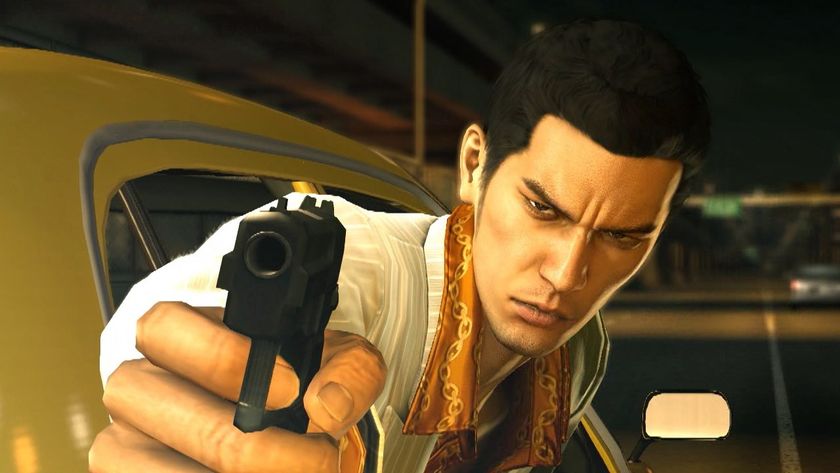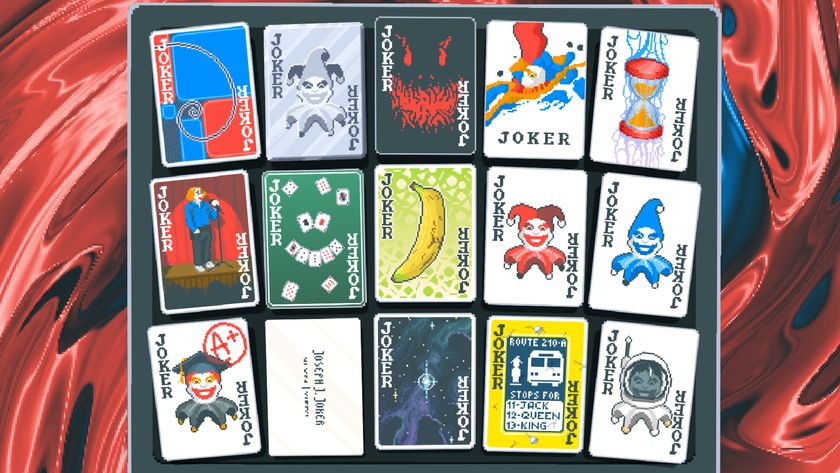Steve O’Brien takes the TARDIS for a spin back to the 1960s – when rampant Dalekmania took the nation’s favourite tinpot tyrants from tea-time TV to the big screen...
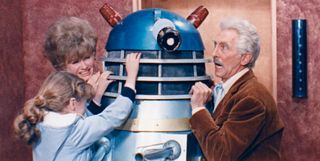
1965/1966
Director: Gordon Flemyng
Screenplays: David Whitaker, Terry Nation
Producers: Milton Subotsky, Max J Rosenberg, Joe Vegoda
Music: Barry Gray, Bill McGuffie
Cinematography: John Wilcox
Cast: Peter Cushing, Roberta Tovey, Roy Castle, Jennie Linden, Bernard Cribbins, Jill Curzon
The two Dalek films of the 1960s occupy an unenviable place in Doctor Who ’s vast canon simply because they’re not, well, canon. Whereas the Doctor from the TV series was a crabby, ill-mannered alien, the movie Dr Who was a genial and doddery backroom scientist from old London town. And Barbara and Ian? Teachers in the series; granddaughter and boyfriend in the film. Forty years before Tim Burton appropriated the word “reimagining”, producers Milton Subotsky and Max Rosenberg were doing it to Doctor Who .
In the early 1960s, Amicus (formed in the UK by Noo Yoik producers Subotsky and Rosenberg) were doing pretty good business shadowing the more successful Hammer films. And when Hammer diversified into family entertainment, releasing films in the summer break for the holidaying little ’uns, Amicus smelled a new commercial avenue. After the Daleks’ runaway success, Subotsky approached the BBC with a view to buying the rights and shooting a Dalek movie. He assumed that there was a lucrative market ready to lap up these things on the big screen and in colour. But to produce a science fiction movie of this magnitude needed a budget bigger than anything Amicus could muster on its own. Enter Joe Vegoda.
Joe Vegoda was a film financier, and for his substantial financial input he asked for his own company’s name to be put on the film. Despite being an Amicus movie in every other way, officially Dr Who And The Daleks was an Aaru production.
The film itself was an adaptation of the second Doctor Who adventure, “The Daleks”, the story which introduced the fiendish Skaroans and which almost overnight guaranteed the fledgeling time travel show a bright BBC future. Although Dalek creator Terry Nation attended a couple of meetings at the beginning of preproduction, he passed on penning the film’s screenplay, requesting that David Whitaker, then Doctor Who ’s outgoing story editor, pare down his two and a half hour plus teleplay into an arse-friendly 85 minutes.
Sign up to the SFX Newsletter
Get sneak previews, exclusive competitions and details of special events each month!
With Amicus’s international ambitions it was inconceivable that Subotsky and Rosenberg would or could cast William Hartnell or any of the BBC actors in the movie, even if schedules hadn’t conflicted. Peter Cushing, however, was one of their few stars with transatlantic appeal. As someone who had appeared in numerous Amicus and Hammer movies, he was an established movie name and he hardly hesitated saying yes to a movie that would briefly take him out of the horror ghetto.
“It was a curious experience taking over Bill Hartnell’s role while he was playing it on television,” Cushing said at the time. “Especially as I knew Bill and I know he would love to have played the Doctor in the film. He’s so good in the part.”

In the television version the Doctor – who’s an alien, remember – travelled with his teenage granddaughter Susan and two of her schoolteachers, Ian and Barbara, unwitting cotravellers of the cantankerous Doc. In the movie version Susan is 11 (though still a brainbox), and Ian – now Barbara’s boyfriend – is a hapless buffoon who provides the film with its most jaw-droppingly juvenile moments. Roy Castle, who’d appeared in Amicus’s Dr Terror’s House Of Horrors , was cast as Ian. He’d go on to present Record Breakers on TV, tapdancing his way across the BBC schedules for over two decades. Twenty-six year-old Jennie Linden was Barbara and Roberta Tovey was cast as Susan, securing the role after going in for a screentest and reading from one of Spike Milligan’s books of poetry.
Gordon Flemyng, a 31-year-old with past experience on Edgar Wallace shorts and Avengers episodes, was given the director’s chair and set about refashioning Doctor Who for a family audience. “We were definitely going for a U certificate,” Flemyng noted, “and if it hadn’t received a U certificate it wouldn’t have succeeded.”
Part of that consideration was how the Daleks would exterminate. On television the Daleks’ raygun effect was achieved by turning the screen into negative. Initial plans to have the Daleks shooting out flames were jettisoned after Subotsky and Rosenberg consulted BBFC head John Trevelyan, who told them they could screw their U certificate if they went ahead with the fire option. “So we went to the other extreme,” Subotsky said, “and armed them with fire extinguishers.”
For the Thals, Flemying cast a bunch of Covent Garden tough guys to play the beautified victims of the Daleks. Under peroxided Jean Shrimpton wigs and dolled up in enough blusher and eyeliner to make an Essex slapper cry with envy, once on set they were told that their chests would have to be shaven.
“They were real tough guys,” recalled Barrie Ingham, who played chief Thal Alydon. “And then the make-up ladies said, ‘Before we make up your bodies, we would like you to shave all the hair off your arms and chests.’ They couldn’t believe it, because it was such a blow against their masculinity. But they had a meeting about it and they got more money! And they did it and it changed their personalities!”
Shooting took place over six weeks at Shepperton Studios, with a budget of just £180,000, £4,500 of which was spent building the Dalek shells. The film was released in June 1965, just as the Daleks’ third TV adventure, “The Chase”, was ending, and it arrived in a blaze of publicity. Critics lambasted the movie but it was a huge commercial success, targeting kids during the summer holiday period at the height of Dalekmania and comfortably managing a position in that year’s domestic top ten.
Click on "Next" to keep reading.
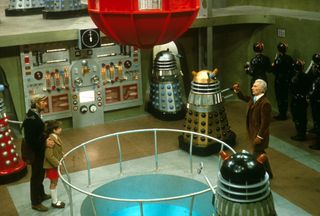
Subotsky and Rosenberg had negotiated the rights to three Doctor Who stories and the success of Dr Who And The Daleks meant there was little chance of them not exercising their rights to a second one. “The Dalek Invasion Of Earth” was a much meatier story to put up on the big screen – set against a post-apocalyptic vision of London. The TV version could never do what a movie could in terms of visualising a Dalek-ravaged capital.
Daleks - Invasion Earth 2150AD (as it was snazzily renamed) had a ballooned budget of £286,000, and it shows. Whereas the first film suffocated under its studiobound restraints, the second is out and about like a newly recovered agoraphobic. Its images of a London decimated by the Daleks still impress, even 40 years on, while the tone is decidedly more adult. It is interesting to note, however, the liberal glimpses of Sugar Puffs logos (on posters, for example), the result of a deal between Amicus and Quaker, and one of the first instances of that sometimes necessary evil of product placement in a movie.
Jennie Linden failed to return, her ambitions not quite staying on the level of a Dalek sequel, which meant Roy Castle’s Ian was out. The slapstick vacuum was filled by Bernard Cribbins, playing Tom Campbell – a reimagined David Campbell (in the TV story he was a 22nd century freedom fighter who ends up with Susan – not a hapless 20th century London copper on an accidental journey into the future). Jill Curzon was wheeled on as Dr Who’s niece Louise, while Roberta Tovey returned, one year older, as Susan.
Daleks - Invasion Earth 2150AD failed to live up to the first film’s commercial success, despite garnering better reviews. But by then audiences had endured 12 weeks of Daleks with TV’s “The Daleks’ Master Plan”, and so it’s entirely feasible that the public were, well, Dalek-ed out. Amicus’s plans to make a Dalek movie a year evaporated. The plug was pulled on plans to film “The Chase” and Peter Cushing’s Doctor was quietly retired.
The two Dalek movies are an interesting little curio aside the monolithic weight of proper Doctor Who . It never again wandered onto the big screen, despite various failed attempts. But maybe more than the TV series, these movies are a record of that brief time in the ’60s when Daleks were the coolest of the cool. No TV Doctor Who captures that dayglo ’60s exuberance more than these enjoyably silly popcorn movies. If you watch them on DVD, watch ’em on a Saturday morning. That is where they belong.
TRIVIA
Director Gordon Flemyng is the father of actor Jason ( Lock, Stock And Two Smoking Barrels ) Flemyng.
Milton Subotsky also produced an underrated TV adaptation of Ray Bradbury’s The Martian Chronicles .
Since there were only a handful of “qualified” Dalek operators, dancers were brought in to play stunt/extra Daleks in big battle scenes or in scenes where large numbers of Daleks were needed.
In Dr Who And The Daleks , actress Yvonne Antrobus was unavailable for post-synchronisation after the shooting of the film was complete so while she is seen onscreen as Dyoni, her voice is provided by another actress.
Steve O'Brien twitter.com/mrssteveobrien
Read more of our Peter Cushing centenary features and reviews.
SFX Magazine is the world's number one sci-fi, fantasy, and horror magazine published by Future PLC. Established in 1995, SFX Magazine prides itself on writing for its fans, welcoming geeks, collectors, and aficionados into its readership for over 25 years. Covering films, TV shows, books, comics, games, merch, and more, SFX Magazine is published every month. If you love it, chances are we do too and you'll find it in SFX.
